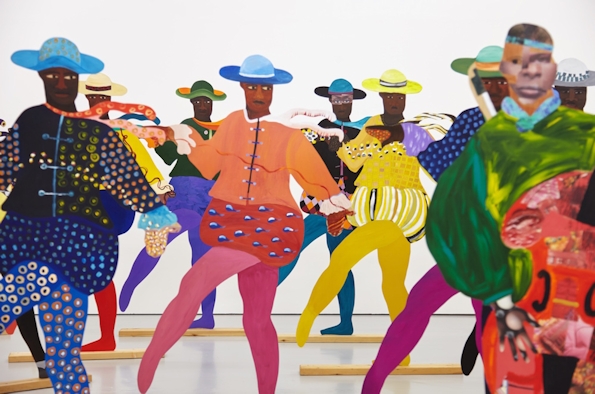
Scotland and the Caribbean: New Lanark, Robert Owen and Slave Cotton
- Dr Mark Towsey
- Admission: Admission is free. Email Dr Mark Towsey to register towsey@liverpool.ac.uk
Add this event to my calendar
Click on "Create a calendar file" and your browser will download a .ics file for this event.
Microsoft Outlook: Download the file, double-click it to open it in Outlook, then click on "Save & Close" to save it to your calendar. If that doesn't work go into Outlook, click on the File tab, then on Open & Export, then Open Calendar. Select your .ics file then click on "Save & Close".
Google Calendar: download the file, then go into your calendar. On the left where it says "Other calendars" click on the arrow icon and then click on Import calendar. Click on Browse and select the .ics file, then click on Import.
Apple Calendar: The file may open automatically with an option to save it to your calendar. If not, download the file, then you can either drag it to Calendar or import the file by going to File >Import > Import and choosing the .ics file.
This paper interprets New Lanark as a node in a global history of cotton, arguing that textiles, but cotton in particular, represents a potent way to re-think Scotland’s ‘Age of Improvement’ with specific attention to the ‘Problem of Slavery’. The first section of the paper considers the model mill village and icon of improvement New Lanark at the cross-section of two currents of thought. Firstly, the resurgence of interest in cotton as a centrepiece of global history; and secondly the current recovery of the memory of slavery in Scotland more specifically- at New Lanark it identifies the global in the local. The second section re-evaluates the ideology of ‘gradual improvement’ espoused by New Lanark’s key owners: David Dale in the context of the abolition movement of the early 1790s, and Robert Owen in the context of the movement for emancipation in the late 1820s. It explores Owen’s uneasy and uneven negotiation of slavery in the United States as well as his visit to Haiti and Jamaica in 1829. Finally, it will contrast such accounts of mill owners with the lower class millworker Charles Campbell who worked on Jamaica as an overseer and recorded his own observations of the slave society there. The cotton connections allow us to write slavery into the deeply entangled, intertwined, even interwoven, cultures of improvement in the Atlantic world.
